
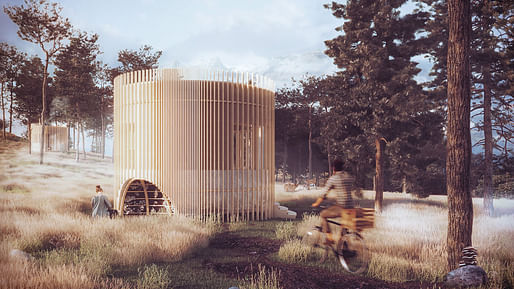
International design competition platform Impact has announced its exciting list of winners in the Tiny House 2021 contest.
Each participant was tasked with designing a comfortable living accommodation for two people in keeping with the newfound demands of pandemic living, which the jury says has "paved the way for a great opportunity to create a versatile and innovative personal space."
This year's panel of judges included new American Academy of Arts and Letters member Nader Tehrani and MIA Design Studio's Nguyen Hoang Manh among several other international architects. The winners each split a total prize of $10,000, with $5,000 going to the 1st prize winners and $2,500 and $1,500 given to the 2nd and 3rd prize winners respectively. Each special mention entry received a $500 prize as well.
All of the categories, including the Top 50 list, can be viewed here. A detailed list of Impact's prize winners, Special, and Honorable mentions can be viewed below.
FIRST PLACE: MYCO-SHELTER
DANAHE ZIEHL TORRES & JOSé ANTONIO VICTORIA MARTíNEZ (Mexico)
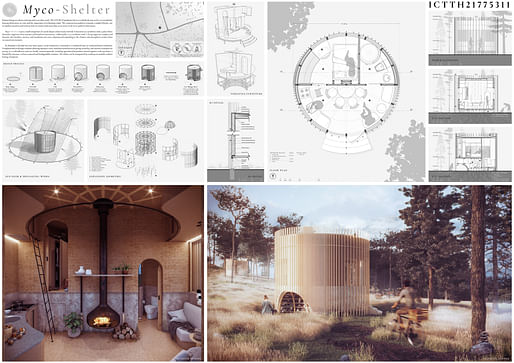
Architects' Statement: "Human beings are always evolving and so are their needs. The COVID-19 pandemic led us to rethink today. This situation has pushed us towards a simpler lifestyle, one to redefine ourselves and reinvent how we coexist with each other as we strive to do so in symbiosis with nature. Myco-Shelter is just a small component of a much deeper and intricate network. It functions as asymbiotic node, a place where dissimilar organisms form intimate and beneficial associations. Additionally, it is a symbiont itself, a living organism, complex and dynamic, that breaches, mutates,and transforms over time; adapting and responding to the climatic and atmospheric variants from its natural environment."
SECOND PLACE: THE FOLDING HOUSE
CLéMENT VIGNES, MARTY ILIEVSKI & CAMILLE DESILLE (France)

Architects' Statement: "Who said tiny? The principle of the folding house is to allow users to expand their houses according to the season, the weather and the context in which it is located. With climate change, temperatures are more and more extreme, we think that this house must be able to adapt to these extremes. In winter, the house is a self-sufficient tiny house, with a wood stove, solar panels, a rainwater collection system and two gas bottles if the light does not allow to generate enough electricity. It benefits from through openings in all the rooms. It is composed of wood frame walls insulated with hemp wool and clad with wood. The house protects itself from the cold. The interior heat is preserved.In spring and summer the heat increases. We live more outside and want to enjoy it. The house expands in consequence. The facades turn and become a floor, It becomes additional spaces between the interior and the exterior. These spaces are covered by a waterproof tent, protecting us from rain, sun and mosquitoes. A system of motorized jacks allows its deployment. The house remains autonomous in summer and benefits from the same devices, solar, water, that in winter."
THIRD PLACE: SUNGAI LIMA VILLAGE. MALAYSIA
LENNY LEW LEE LIANG LEW (United Kingdom)

Architects' Statement: "Sungai Lima Village, located in an island called Pulau Ketam at the west part of Malaysia. It is well known for their wooden houses rested on wooden stilts and their unusual amount of long bridges for local fishermen's to dry their catch as the village is also well known for their dried salted fish. The fishermen would stand under the sun each day to flip and rotate each fish so that all the fish they caught would be dried equally on both sides while maintaining the exact texture they wanted for the dried fish. Despite so, most of the bigger fish still end up spoiled as the time precision to flip can be vary. Our design proposal seek to improve the drying fish technique while providing learning experiences for visitors. Each house has its own rotating mechanism for drying fish that located at the front part which ext ends from the unused space of the roof to ensure the fish would receive adequate sunlight to dry. One could rotate the mechanism while hang the fish at the bar of the mechanism with a poll. Each mechanism of the house could dry up to 160 fish."
SPECIAL MENTIONS
XYZ Slider House by RUILAN JIA (China)
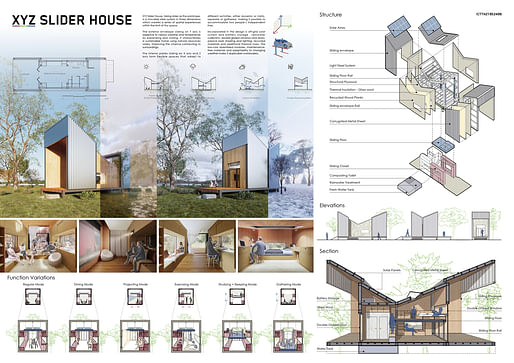
A Shelter for Enjoying the Wine by MATIAS DABBAH & JEREMIAS DABBAH (Peru)
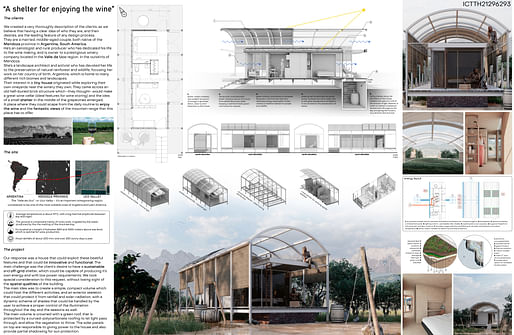
HONORABLE MENTIONS
Hive Home by LENA SCHLEICHER & VICTORIA PEIL (Germany)
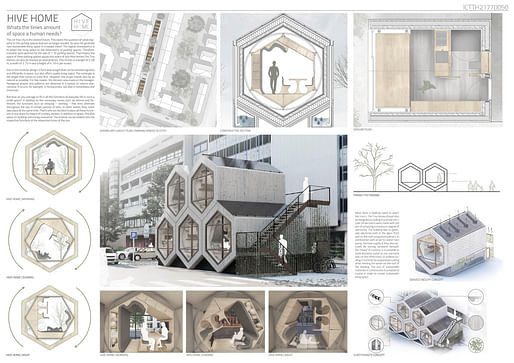
A Home for a Marine Biologist by VICTOR BARRENECHEA, VICENTE FLORES & GABRIELA CASTILLO (Chile)
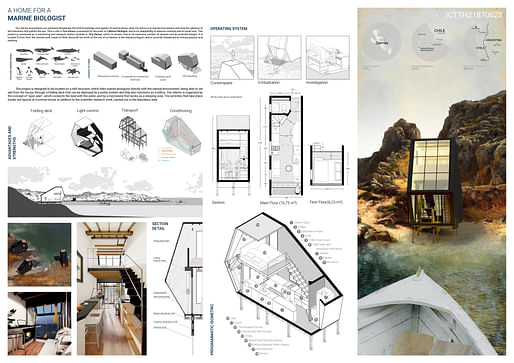
YUANG LI (China)
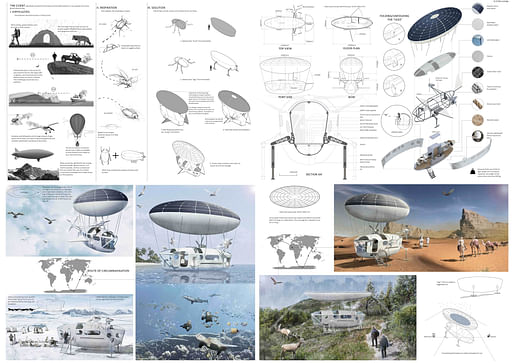
The Freed by MAHMOUD WAHDAN, HAGER SAID ALFRARGY & AHMED ESSAM ATTIA (Egypt)

MSF Pod by CECILE NGOC SUONG PERDU & HồNGUYễN NGọC Hà (Vietnam)
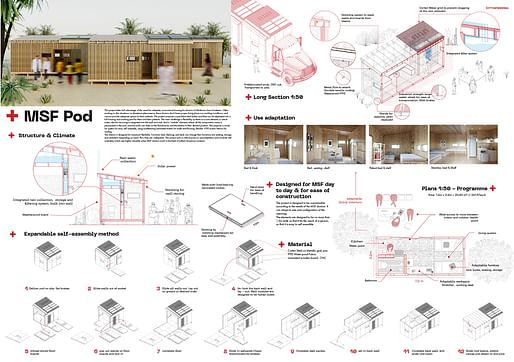
The Suitcase by CHANASIT CHOLASUEK & APICHART SRIROJANAPINYO (Thailand)

Ilé Ireti “House of Hope" by FEYISITAN FAKOLADE & ABUBAKAR SHEHU BANGAJE (Nigeria)

Microhome for Roommates by LUCIA LOPEZ VIñUELA & GUILLERMO BERNALDO DE QUIRóS GONZALO (Spain)
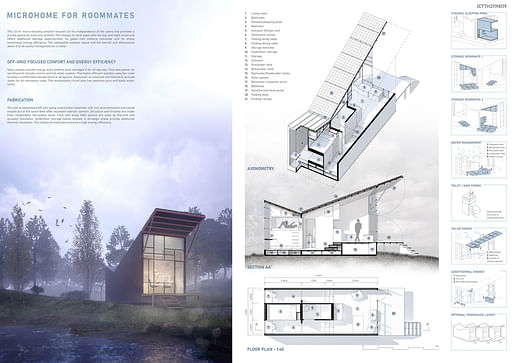
Portulaca Cabin by JOSHUA NIEVES (United States)
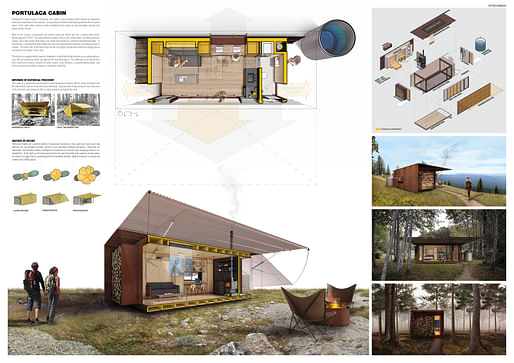
Float House by DUY ANH VU TRAN (Vietnam)
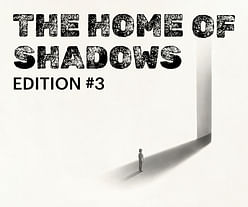
The Home of Shadows / Edition #3
Register by Thu, Nov 21, 2024
Submit by Mon, Mar 3, 2025

250,000 € Prize / HOUSE OF THE FUTURE 2024/25
Register by Wed, Apr 30, 2025
Submit by Mon, Jun 2, 2025

Pape Info Point
Register by Tue, Nov 19, 2024
Submit by Wed, Dec 18, 2024

Denver Single-Stair Housing Challenge
Register by Thu, Dec 12, 2024
Submit by Thu, Jan 23, 2025
1 Comment
Great featurew, shame there was not more American entries